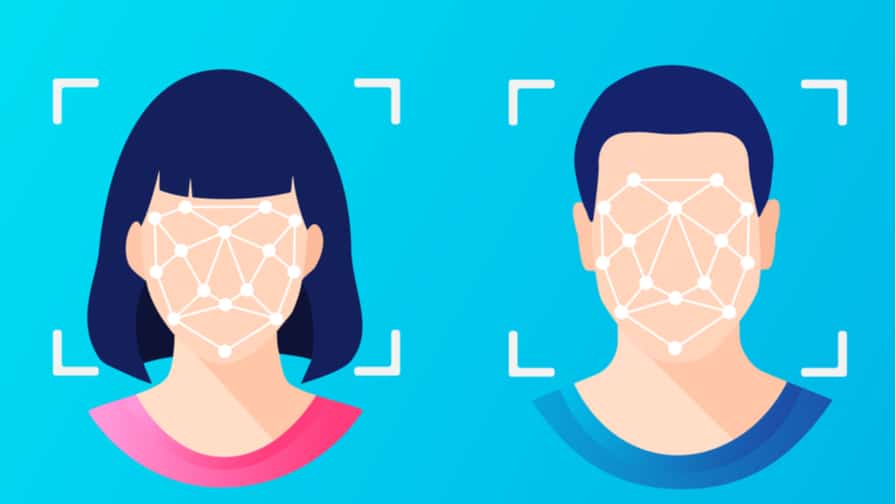Digital identity enables marketers to understand their audiences’ interests, preferences and attitudes, and tailor advertising to the individual’s needs, whilst respecting consumer privacy. Developing in-depth profiles of consumers to deliver meaningful advertising experiences is critical at a time when consumer needs and behaviours are shifting rapidly, and digital identity enables relevant and responsible audience targeting. It allows brands to personalise messaging, impose frequency caps, and measure and optimise campaigns across multiple channels and devices.
There are a variety of digital identity solutions being developed to help marketers understand audiences in a post-cookie world, and these fall into three broad categories:
Cohort models
Federated Learning of Cohorts (FLoC) is Google’s answer to digital identity, and it clusters individuals together based on a shared browsing history. More accurate than cookies, this method uses algorithms to build anonymous groups of user profiles based on common interests, which is useful for driving top-of-the-funnel metrics such as brand awareness and recognition. While FLoC delivers scale, targeting is constrained to Chrome, rather than cross browser, and there are some unanswered questions around user privacy and measurement.
Authenticated identity
Authenticated or deterministic identity enables precise targeting through a piece of personally identifiable information – such as an email address – that users provide when they log into a website or app. It enables highly accurate targeting and measurement as it is tied to a real person, and can be privacy compliant as it makes consent simple to track. Authenticated identity enables marketers to reach users at the bottom of the funnel and drive customer retention, loyalty and intent. It does, however, require users both to log in and to opt into data processing, which inevitably limits scale. The authenticated web is only expected to reach around 20% of users for the foreseeable future.
Non-authenticated identity
Non-authenticated or probabilistic identity uses publicly available data signals such as IP address, timestamp or browser user agent, to assign a cluster of devices and browser signals to a single identifier. This identifier can be activated via established pipes, enabling precise targeting across devices and domains, as well as frequency measurement.
While it is not tied to a known individual, non-authenticated identity delivers the scale that authenticated identity can’t, and is ideal for prospecting and other middle-of-the-funnel use cases. Probabilistic is data minimised with no email, home address or phone number required, scoring points for consumer privacy and ensuring that no brute force attack on an encrypted ID can reveal an email or a phone number.
As each digital identity category has benefits and drawbacks – and is suited to different levels of the funnel – likely the most effective approach is to combine all of the above. Marketers can also include non-identity solutions such as contextual, which enables interest-based advertising by targeting the user based solely on the content of the page. A portfolio of solutions maximises scale and accuracy while respecting user privacy and delivering strong campaign results.
